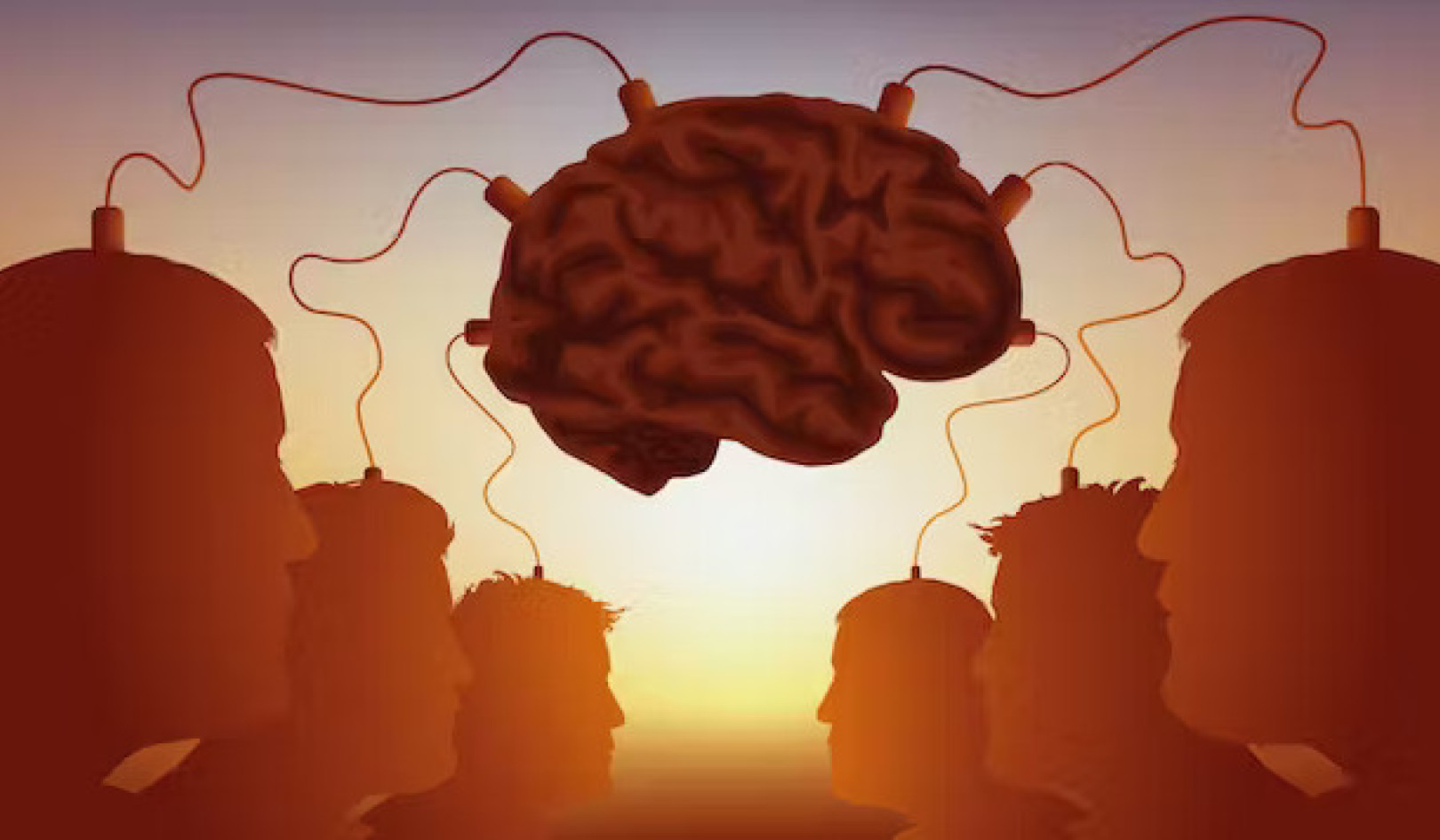 The Centers for Disease Control and Prevention in Atlanta activated its emergency operations centre in response to the COVID-19 pandemic. (Centers for Disease Control/Unsplash)
The Centers for Disease Control and Prevention in Atlanta activated its emergency operations centre in response to the COVID-19 pandemic. (Centers for Disease Control/Unsplash)
When I began working in disaster and emergency management, there was a funny anecdote suggesting the job was 98 per cent paperwork and two per cent adrenalin.
Looking around at my office environment, I failed to see much adrenalin. To make sense of this, I researched some major disasters and discovered that when they strike, emergency managers transition to working in emergency co-ordination centres. These nerve centres often look like something out of the movies, with people staring intently at their computers while large screens everywhere display critical information.
During the devastating Fort McMurray wildfires in 2016, which destroyed entire subdivisions and caused more than $1 billion in damage, I finally understood the “two per cent adrenalin” aspect of our work. For months, the work was non-stop and around the clock. Soon, I noticed the initial state of exhilaration was replaced by a state of exhaustion.
 A helicopter battles a wildfire in Fort McMurray, Alta., in 2016. The wildfire forced nearly 90,000 to flee Canada’s oilsands region — and resulted in serious workplace stress for emergency workers. THE CANADIAN PRESS/Jason Franson
A helicopter battles a wildfire in Fort McMurray, Alta., in 2016. The wildfire forced nearly 90,000 to flee Canada’s oilsands region — and resulted in serious workplace stress for emergency workers. THE CANADIAN PRESS/Jason Franson
At that time, I was reminded of the 2004 book, When the Body Says No: The Cost of Hidden Stress, written by Canadian physician Gabor Maté, that outlines the four most stressful stimuli: Lack of information, uncertainty, lack of control and conflict. I observed that during a disaster, all of these factors are present in droves.
In a disaster, critical decisions must be made with incomplete or contradictory information. Lack of control and uncertainty emerge when navigating policies, guidelines and laws. There’s often conflict with resource allocation and conflicting priorities.
Other notable factors include atypical working hours, extremes of activity and a sedentary work environment. While some features are unique to our profession, I’m under no illusion that we’re alone in our experiences. Many other professions and positions face similar challenges.
Exhaustion follows exhilaration
While short-term workplace stress is to be expected, the problem emerges with long-term sustained stress.
As Hungarian scientist Hans Selye described in 1950 in his seminal general adaptation syndrome about workplace stress, after sustaining a period of exhilaration, stressed employees eventually reach the exhaustion phase and can no longer sustain additional pressure. Today in my clinical psychology practice, my clients who work in various fields tell me about exhaustion, irritability, impatience, trouble concentrating and taking in new information and feeling under-appreciated at work, with some even contemplating quitting their jobs.
In 2019, the World Health Organization identified a syndrome it labelled “burnout” resulting from chronic workplace stress. Now people who report feeling depleted of energy or exhausted, mentally distanced from or cynical about their jobs and experiencing problems getting their work done can be diagnosed with a workplace injury.
 The WHO labelled chronic workplace stress ‘burnout’ two years ago. Elisa Ventur/Unsplash
The WHO labelled chronic workplace stress ‘burnout’ two years ago. Elisa Ventur/Unsplash
Burnout as the result of workplace stress carries significant implications for employers. Canadian occupational health and safety standards require employers to protect the physical and mental health of their workers. If people are meeting the criteria for burnout, organizations may be neglecting their legislated duty to ensure psychologically safe workplaces.
Preventing, mitigating stress
The good news is something can be done. While it will require genuine organizational commitment, prevention and mitigation are key. But to get at the heart of the problem, we must first ask if employers are even tracking psychological safety in the workplace.
Of those that do, most merely encourage staff to exercise more, meditate, sleep better and eat a more balanced diet. This is, quite simply, passing the buck onto an already depleted workforce and does nothing to address the core of the problem. The answer is not to recommend Band-Aid solutions, suggesting employees try even harder in their downtime to compensate for organizational neglect.
 Workplaces must implement clear policies to reflect their commitment to workplace mental health and safety, including appointing a wellness champion. (Unsplash)
Workplaces must implement clear policies to reflect their commitment to workplace mental health and safety, including appointing a wellness champion. (Unsplash)
For meaningful change, organizations must first implement clear policies reflecting their commitment to workplace mental health and psychological safety, and appoint a wellness champion and leaders who model these values.
The next step is identifying workplace hazards through employee engagement surveys, workplace risk assessments, incident investigations, exit interviews and disability claim data if available. Identifying controls to prevent psychological harm is also necessary.
Respectful workplace policies
Once hazards have been identified, prevention and mitigation measures must follow. Organizations must define and train employees on their duties and responsibilities, monitor workload, consider flexible work arrangements, clearly communicate priorities and ensure respectful workplace policies are understood and that managers who defy them are held accountable.
Organizations must address environmental risks by encouraging movement, breaks and getting sunlight. Finally, documenting and reporting hazards as a measure for ongoing program development is necessary because it helps inform company policy as part of holistic continuous improvement efforts.
Throughout the entire cycle, I remind organizational leaders to remain present to support staff through the execution of all tasks — and of the value in fostering happy and engaged teams.
Research shows that the highest performing workplace teams have one thing in common: psychological safety. When people feel safe, they are engaged and committed to their work, and this builds organizational resilience. Employers who manage to get ahead of the burnout curve will gain a distinct advantage over other organizations.
About The Author
Books on Improving Performance from Amazon's Best Sellers list
"Peak: Secrets from the New Science of Expertise"
by Anders Ericsson and Robert Pool
In this book, the authors draw on their research in the field of expertise to provide insights into how anyone can improve their performance in any area of life. The book offers practical strategies for developing skills and achieving mastery, with a focus on deliberate practice and feedback.
Click for more info or to order
"Atomic Habits: An Easy & Proven Way to Build Good Habits & Break Bad Ones"
by James Clear
This book offers practical strategies for building good habits and breaking bad ones, with a focus on small changes that can lead to big results. The book draws on scientific research and real-world examples to provide actionable advice for anyone looking to improve their habits and achieve success.
Click for more info or to order
"Mindset: The New Psychology of Success"
by Carol S. Dweck
In this book, Carol Dweck explores the concept of mindset and how it can impact our performance and success in life. The book offers insights into the difference between a fixed mindset and a growth mindset, and provides practical strategies for developing a growth mindset and achieving greater success.
Click for more info or to order
"The Power of Habit: Why We Do What We Do in Life and Business"
by Charles Duhigg
In this book, Charles Duhigg explores the science behind habit formation and how it can be used to improve our performance in all areas of life. The book offers practical strategies for developing good habits, breaking bad ones, and creating lasting change.
Click for more info or to order
"Smarter Faster Better: The Secrets of Being Productive in Life and Business"
by Charles Duhigg
In this book, Charles Duhigg explores the science of productivity and how it can be used to improve our performance in all areas of life. The book draws on real-world examples and research to provide practical advice for achieving greater productivity and success.
Click for more info or to order
This article originally appeared on The Conversation
![]()
























